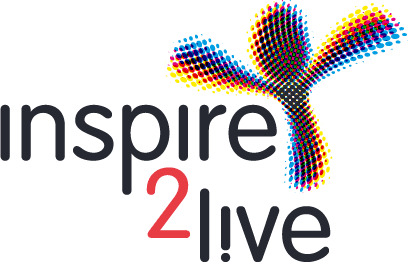Online Patient Advocate Meeting on September 7th 2020
Carin A. Uyl-de Groot studied Health Care Policy and Management at the Erasmus University Rotterdam. From March 1990 onwards she is working at the institute for Medical Technology Assessment/Department of Health Care Policy and Management at the Erasmus Medical Centre Rotterdam where she is currently professor. Her research activities are mainly focused on cost-effectiveness analyses of cancer treatments. Her presentation today is on Affordability and Sustainability of Innovative Cancer Medicines.
First of all: this was quite a unique session, because of its free format, and in my opinion also because of the very deep observations and remarks that flashed by in the discussions during the presentation. You can view a recording of it for yourself, and take away a really broad view of the complexity and ramifications of the subject.
There are two ways to get something done, the first was described succinctly by Antoine de Saint Exupéry: If you want people to build a ship, don’t give them wood and hammers and ropes, but talk about love for the endless sea. The second is: If you want intelligent people to do something, don’t tell them what they must do, but show them what the problem is. This session is a great example of the second method.
There is good news: 5-year cancer survival is growing steadily all over Europe, and new and innovative medicines are becoming available. There is also bad news: health-care costs are taking up ever bigger parts of the GDP, and within Europe there are big differences in costs and in access to treatments for patients. This puts pressure on budgets, it raises questions like: is it sensible to pay for medicine costing 80.000 euro that increases lifespan by three months? It also creates opportunity cost, by which is meant that because of such high-cost treatments for cancer less and less money is available for other diseases. Very uncomfortable questions for any society.
She shows the financial breakdown of the big pharmaceutical firms: 19% of expenses go to R&D, 29% to Marketing and Sales, and 52% to other costs. Leaving more than 20% of revenues as profit, double that of the next most profitable industry, Banking. She then turns to practical insufficiencies in the application of drugs: There are enormous differences between European countries in the time it takes for a new drug to actually reach patients.
With a team she has calculated that just for two new medicines these long lead times have unnecessarily cost 30.000 life years in Europe, to which must be added another 9000 years for the structural delay of EMA lagging behind the FDA. She discusses ways to address this, like Value Based Pricing, but she also diagnoses the persistent frictions that inhibit a free market. Here some questions started coming in from the online viewers, we can’t summarize them here but if you watch the recording you’ll see how valuable such exchanges can be.
She then shows a very simple formula. An example is enlightening: the case of Niraparib. The actual price is 126.469 euros, whereas her formula gives 14.547 euros with a profit margin of 40%. Due to the high price the drug is used only in a small number of patients, resulting in revenue of 122 million euros. If however the fair price would be used, and the drug would be used for all patients to which it is applicable, revenue would be 727 million euros. This lecture has shown what problems there are, but also that it is justified to stubbornly keep saying: Faster, Better, Cheaper is not Utopia!
Watching the recording (one hour) takes great concentration but it shows Patient Advocacy and Science in fullest action. Tune in, turn on and join us:
You can watch the presentation slides her: Inspire2Live Webinar on Fair Drug Pricing 20200907
Tielo Jongmans
Patient Advocate Inspire2Live

